Digital 52 🔟 - Changing mindsets at work via coworking, the story of Center for Innovation Taipei [CIT].

Today’s story will take you on a short trip to Taipei, the capital city of Taiwan, to discover a coworking space focused on positive impact and community: CIT.
[Community Growth - Inclusivity and Diversity]
Read the story of CIT on page 276 of "Around The World in 250 Coworking Spaces".
As we always say: “Coworking is the same dish everyone cooks differently.”
In today’s story, you’ll learn how a consultancy company focused on sustainability has developed its own coworking brand serving different purposes:
[1] Redefine the workplace in their region of the world and bring more “co” to it.
[2] Help them spread their mission to reach the goals of sustainable development in Taiwan.
Let’s make our way to Taipei to discover the story of CIT.
➡️ A little refresher
Who’s behind the featured space?

Meet Justin Yu, Co/Founder of CIT and Plan B, its mother company. When asked why they started a coworking space, Justin answered: “We were in Tokyo in 2012 and some of the coworking spaces we saw amazed us. We thought it would be an interesting new journey for us to open a similar concept in Taipei, Taiwan.”
➡️ Key Figures
- Opening year: 2016
- Size: 3,300 sqm
➡️ A little tour around CIT
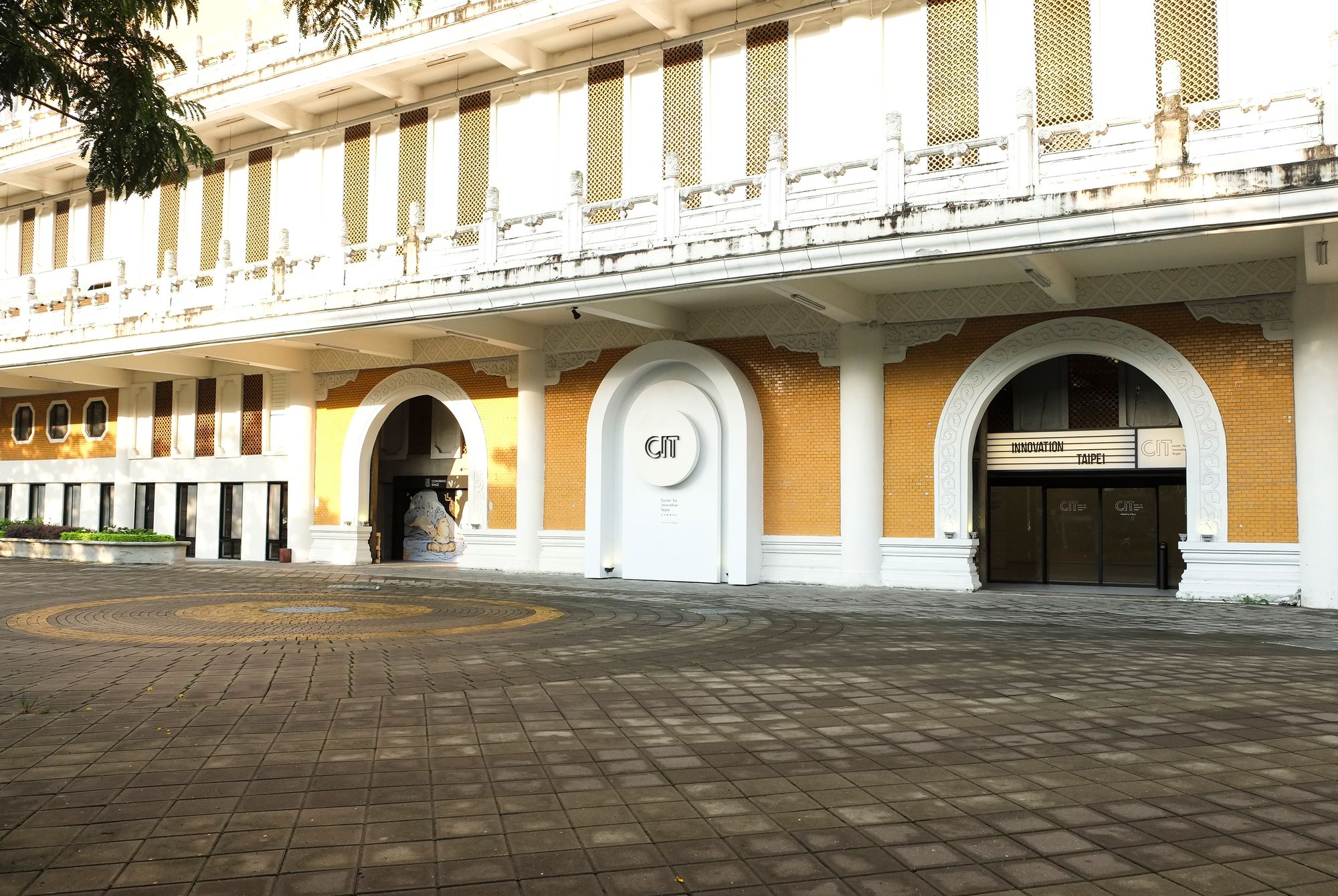
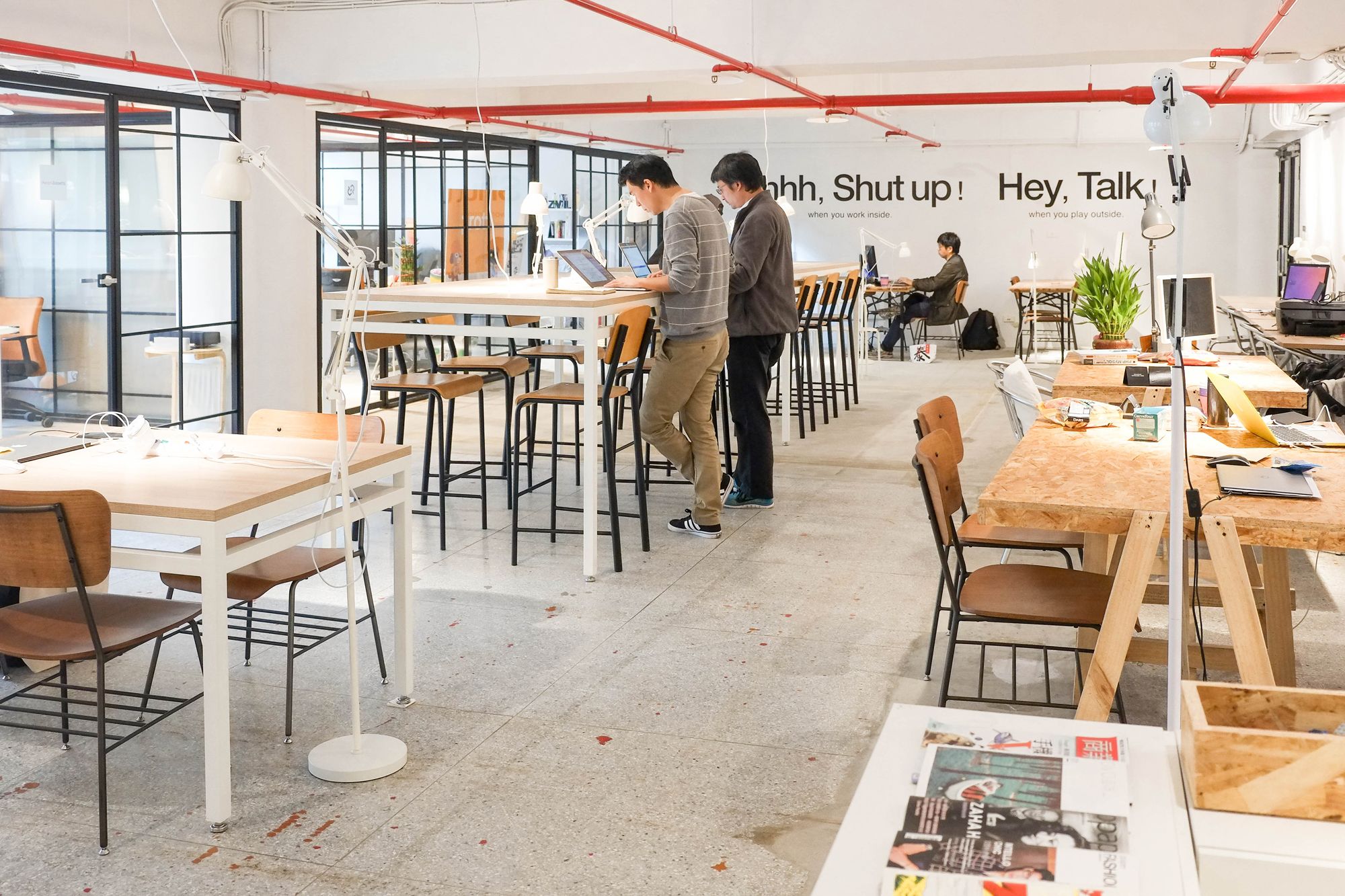
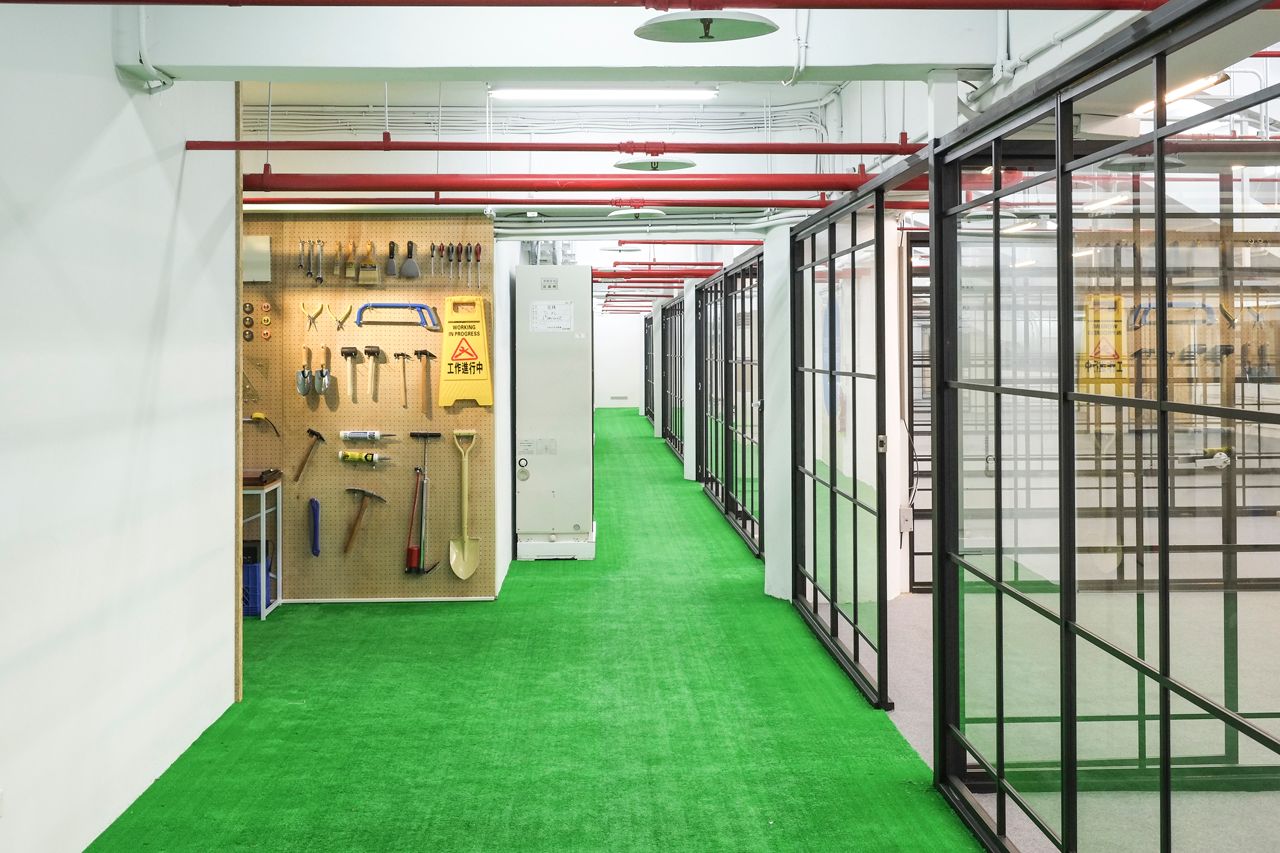
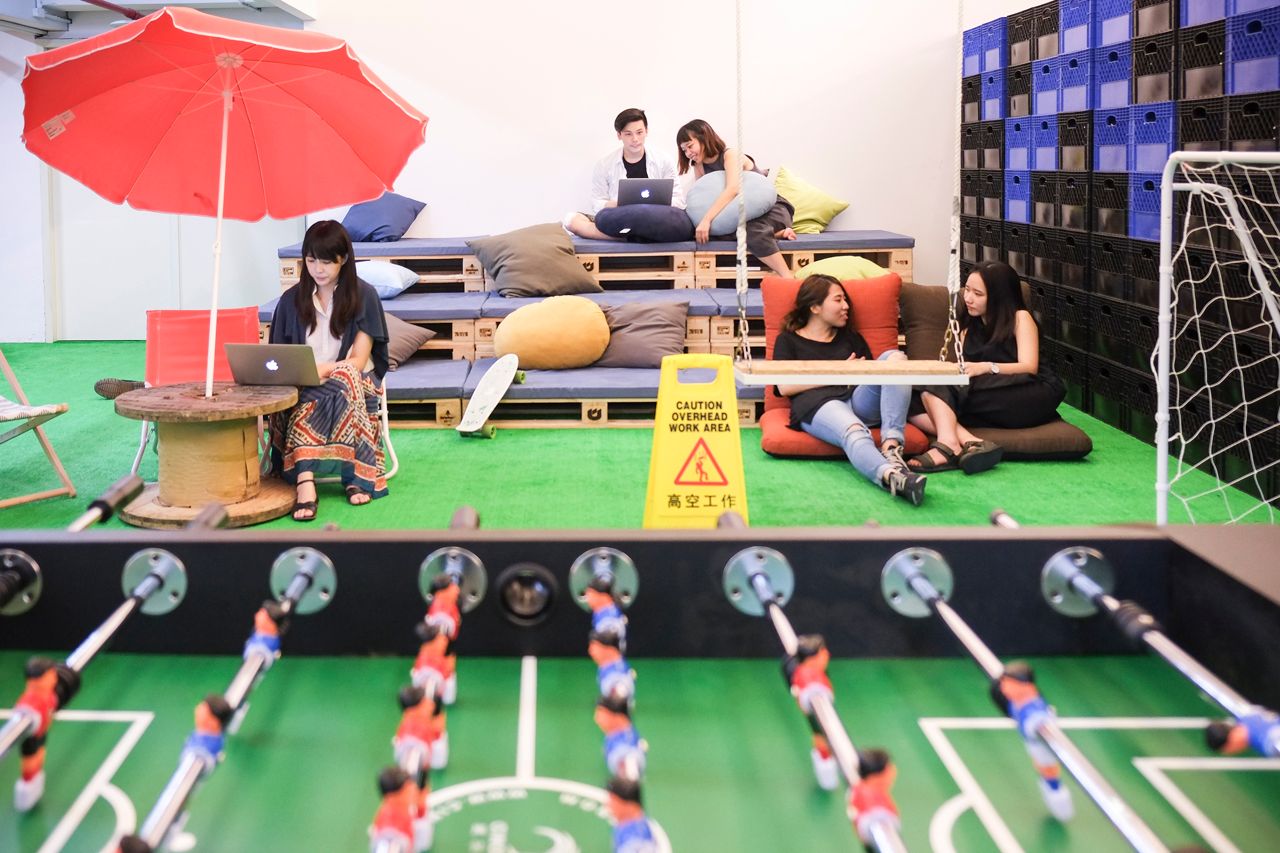
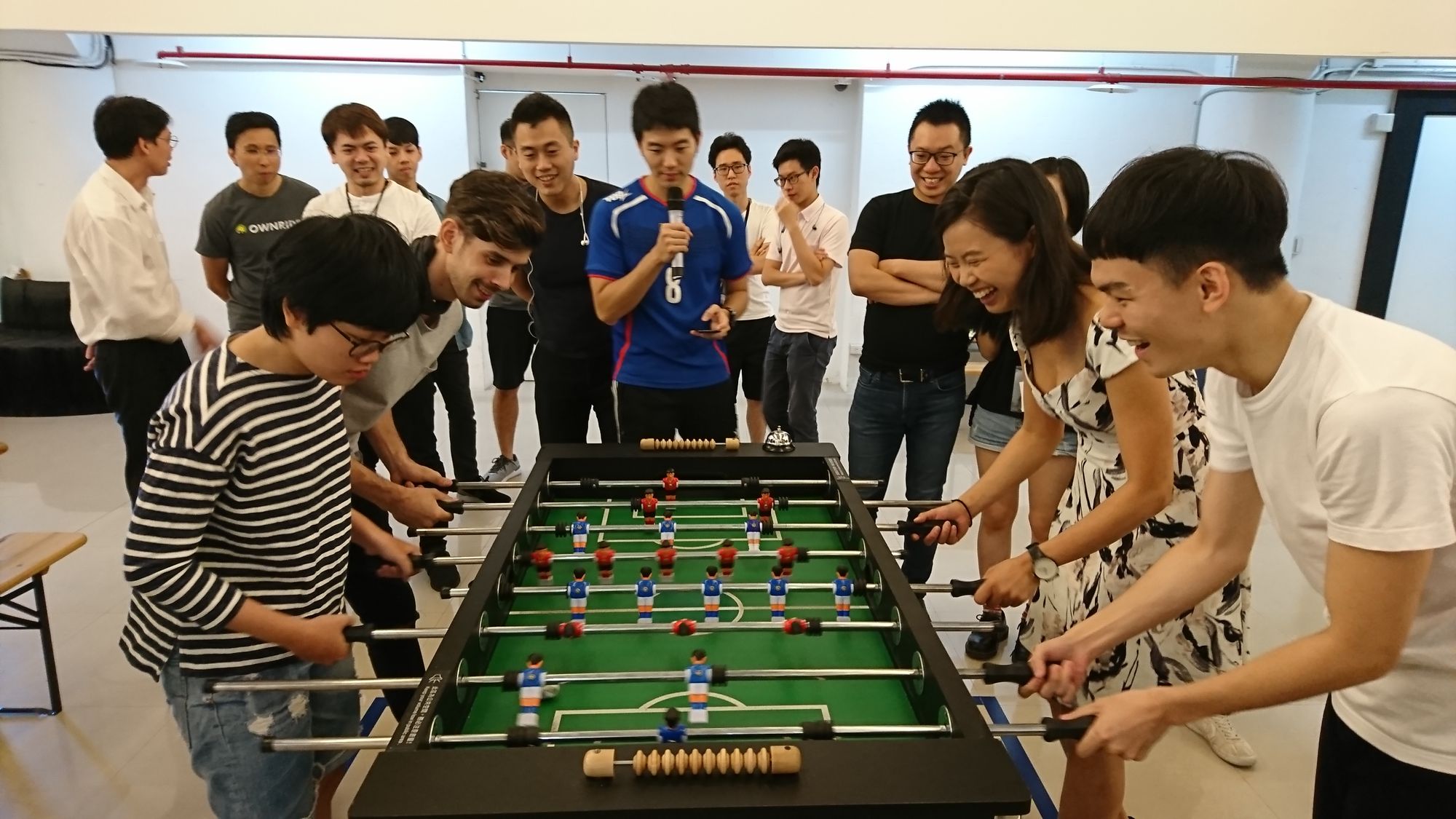

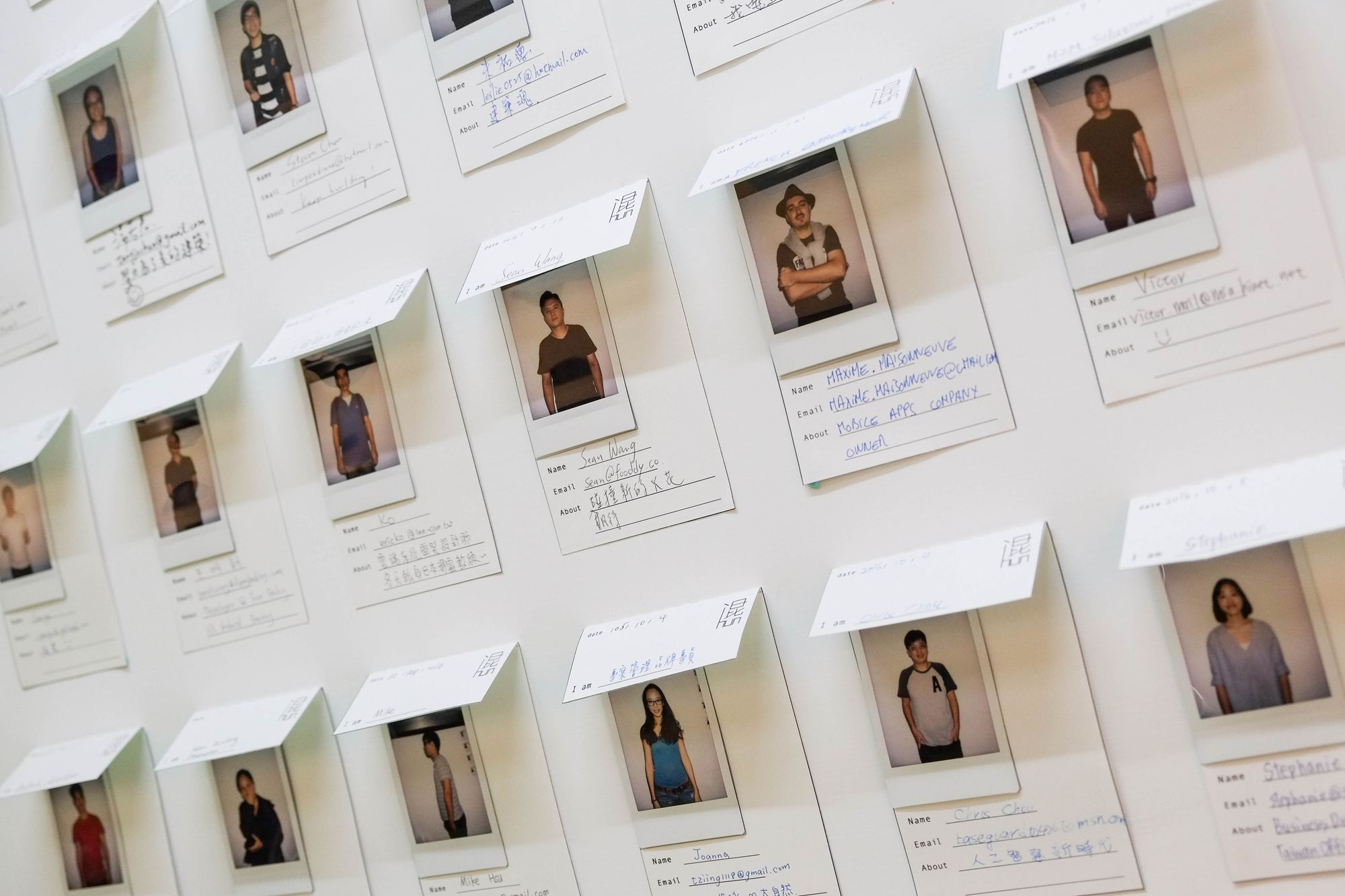
➡️ Behind-the-scenes
Things you didn't read in aw250cs.
We don't have to force things. If they shall happen, they will.
The CIT Team
➡️ CIT, Today
How has COVID-19 transformed coworking spaces around the world? This is a question we constantly ask ourselves. But, most importantly, ask the people we get to interview each week with Digital52 how it has affected their business. When we ended the first interview we did with the CIT team, before the release of our book, they predicted that coworking would boom in Taipei and Taiwan. But then, COVID hit. Catching up with them, we were curious to understand how they see things today and what the impact has been on CIT.
💫 Adapting, Growing, Exploring.
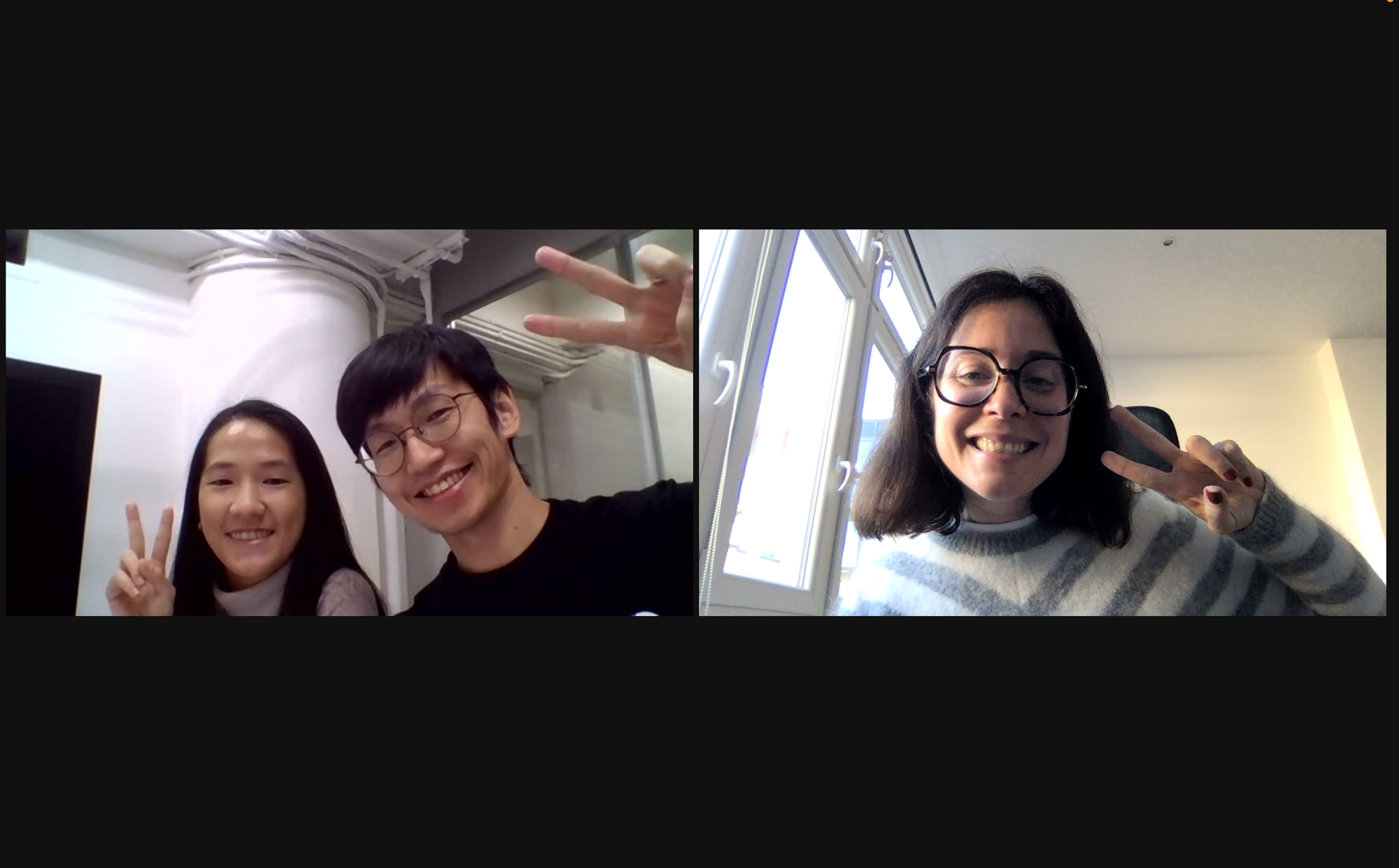
💬 What has changed at CIT since the release of our book?
Like everyone, we got quite affected by COVID-19, but members are now back. Interestingly enough, we’ve seen a surge in foreign members joining our community because they believe Taiwan is a pretty safe place when it comes to the pandemic.
What has driven the growth in foreign members is the entrepreneur visa in which the city of Taipei officially recognized CIT. On the other hand, we see more and more young startups or a small group of people who look to rent a bigger enclosed space rather than stay in the open space.
Last but not least, we are growing a new project called ALife.
With ALife, we want to enable everyone to enjoy the lifestyle they want through multiple forms of living spaces and lifestyle services. Hence, we look at ways spaces are being used and divide them into three different sub-categories:
The first type is the living space.
We want to redefine the renting housing process in Taiwan. In Taiwan, everyone wants to buy a house instead of renting it. It's really weird because we don't earn that much, but we all have to buy houses that are close to unaffordable. So we want to change perceptions around renting.
The second type is about working space.
We called it Aspace and we see it as the next evolution of CIT. We take everything we learned, but we use different interior designs and different software to create different memberships. Overall, the workspaces will have high standards and higher quality design, and again, this is an evolution of our first project.
Last but not least, the third space is what we call the business space, and it’s where we would explore projects with restaurants, or retail type of spaces. By taking "space" as the vehicle of living and "content" as a means of our choices, we hope to expand our philosophy of sustainability to all the spaces to enable more dialogues through the content of Alife lifestyle projects.
💬 In the initial interview we did together, you spoke a lot about the importance of community managers at CIT. Can you explain why you believe they are so incremental to the success of CIT as a space?
They are indeed very important to us. Anyone can easily copy space design or spatial design. You can easily replicate the interior of a space by buying the same pieces of furniture. But why do people want to join CIT? We think it is because of our team, and particularly our community managers.
We invested a lot of resources into our team, to make sure that we have the right attitude and the right response to what our members need.
We put boundaries where needed. But our members know that whenever they have a problem in the space, they can come to us and we’ll fix it. We want them to focus their mind and attention on their work.
💬 You also said something very interesting and I quote, “We built an environment full of various business opportunities that our community can benefit from”. Can you explain to me how that works in practice?
Here in Taiwan, you have to understand that people are generally shy to talk with strangers. We designed our space to understand that. We have what we call a ‘main road’ and side ones, which are offices or meeting rooms. We always connect each side road to the main road.
This way, everyone will have to pass through the main road to reach their office, or their meeting room, which means if they bump into someone, they can connect at least by nodding to each other. All the enclosed spaces are see-through, which makes the space feel more open and connected.
We have an environment that helps people be more open to meeting others. To push things further, we organize events so that people who want to share something with the rest of the community can do it.
💬 When you spoke about COVID, I understood that for you guys it brings you a lot of members. But what about their needs? Have you seen a change before the pandemic and now with what people need in the city?
The biggest changes happened in the common areas and we did those together with the feedback of our members. We adapted the design, but not just that.
Our members are also now more eager to connect. We encourage them in this. We give them the community space for free so they can run their events. We see members using the common areas to do AB Testing of their product, involving other community members to collect different opinions. We let members take ownership of the space for their use.
💬 Speaking of your members, what companies do they run?
Some of our members run NGOs around labor issues in Southeast Asia. Others run energy companies. We also have members in the IT field, Design, Architecture, or Data analytics. It’s very diverse.
Our mother company is called Plan B and our work revolves around sustainability. Most of our members do not know the link between CIT and Plan B, so we often use it as an opportunity to educate them on sustainable goals, and building a better future through business. They are very receptive to it and connect with the brand even more once they know.
➡️ Reflections on building CIT
💬 What have you learned from bringing CIT to life?
We don't have to force things. If they shall happen, they will.
During the pandemic, we didn’t organize community events, and yet, members found ways to gather, share resources, and support each other. And this keeps going on to this day. People understand the value of physical space more and more. They see what coming here every day can bring to their businesses. We don’t need to force events on them; they are now taking ownership.
💬 What would be your best advice to someone thinking about opening a coworking space?
Just think carefully.
Why am I here? Why do I want to do this? The clearer you are about why you want to do it, the better it will be as you go along.
💬 If you could chat with coworking operators, what would you like to ask them?
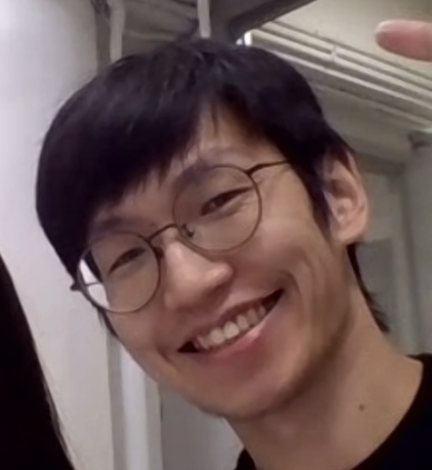
💬 And if you could ask something to a coworking member, someone who uses coworking spaces frequently, what would you like to ask?
When are you coming to CIT? We are waiting for you with open doors!
💬 And my last question to you guys is, what's your biggest dream for CIT?
To keep up the work we are doing with, and for our community so we can get recognized for our work. Everyone who comes brings their value and shares their own opinion in this space and that’s exactly what we want. Our dream is for our members to become our ambassadors, so they can bring more people to our space and we can collectively grow our impact.
Let’s discuss the story of CIT on Discord! Come join our extended community of readers by clicking on the link below.

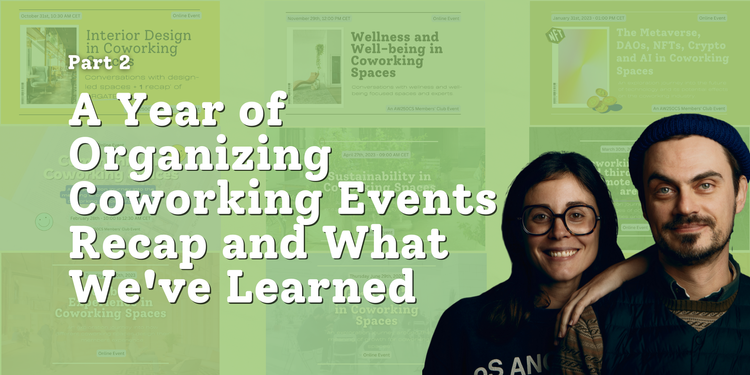




Member discussion